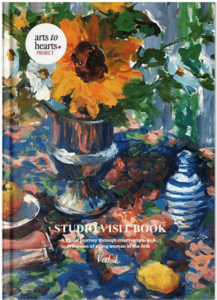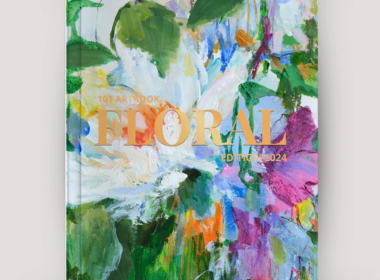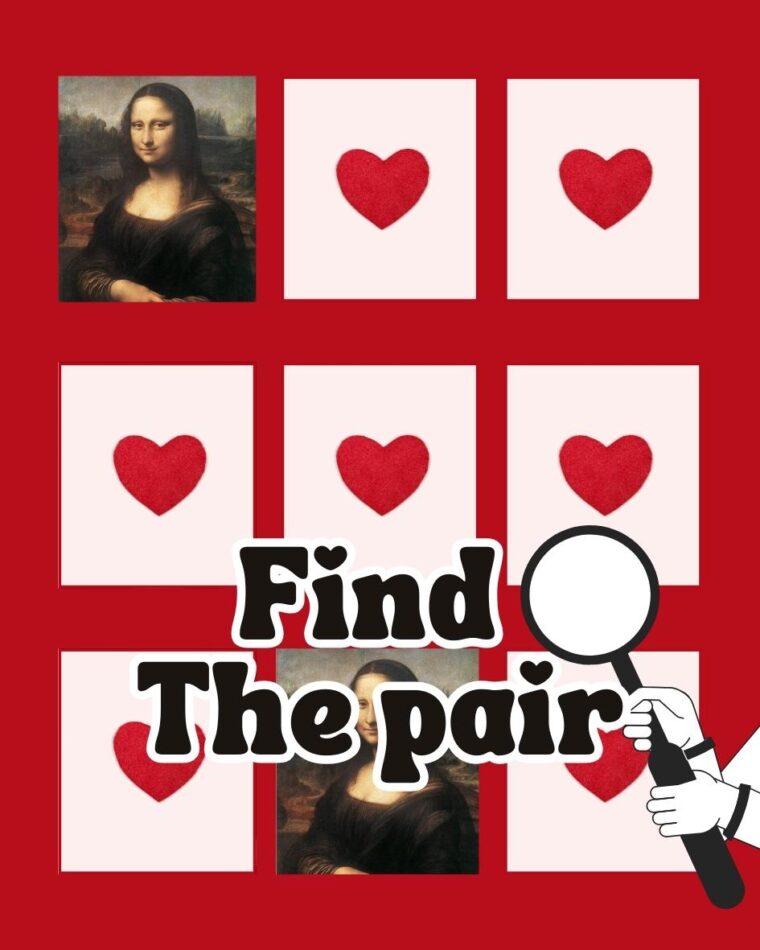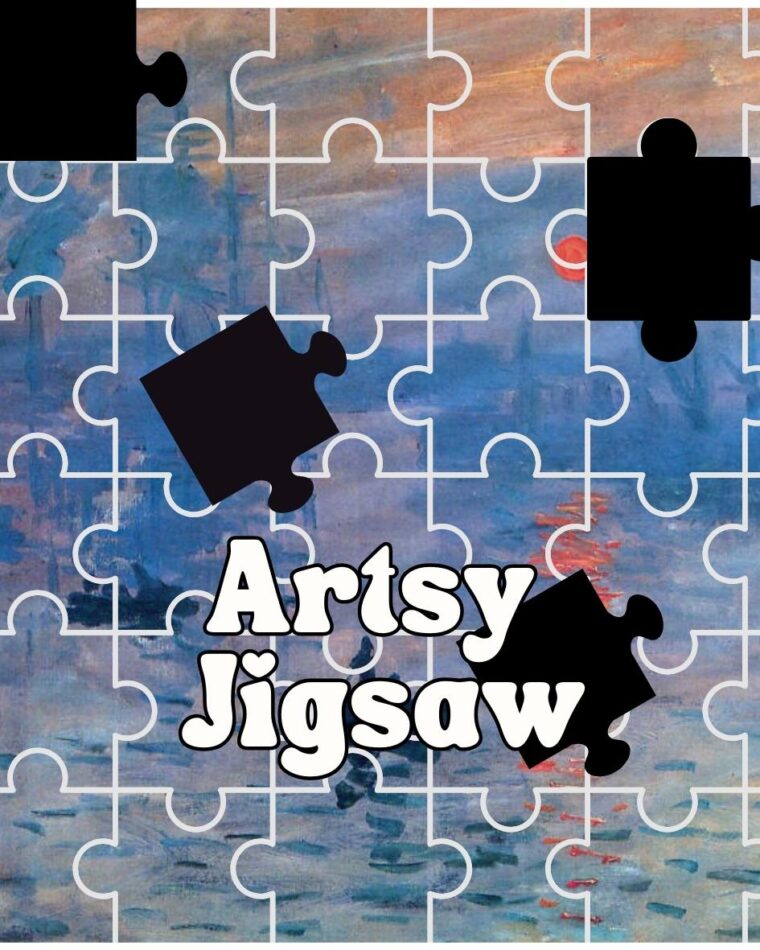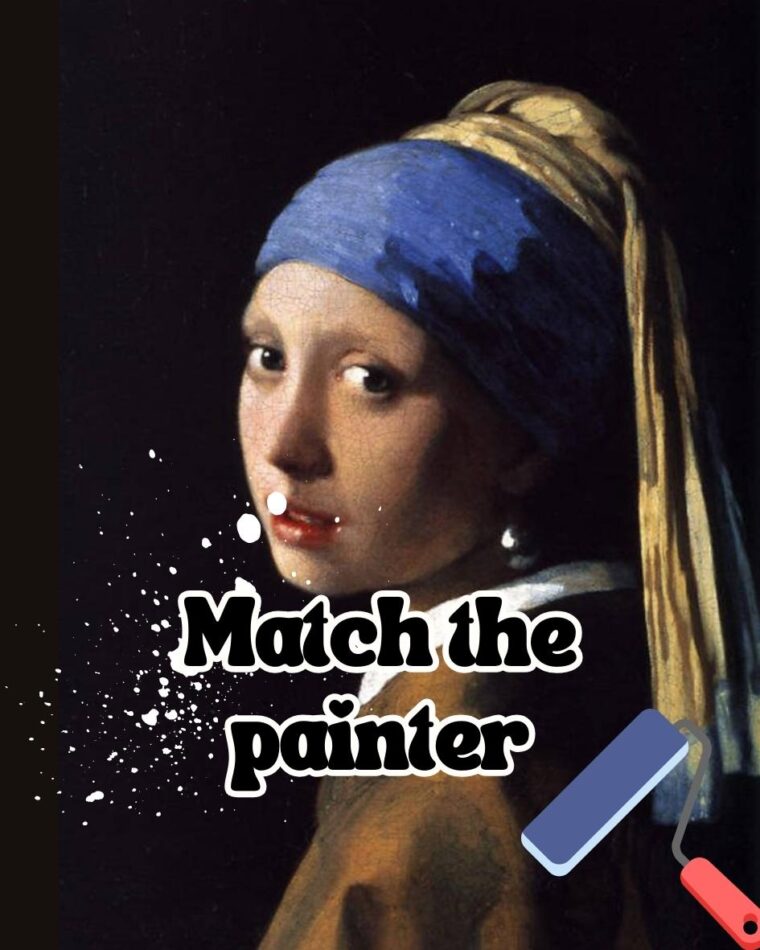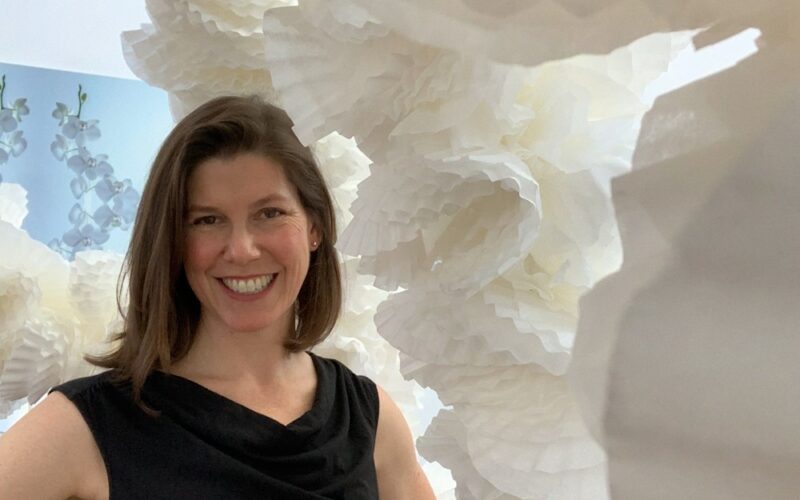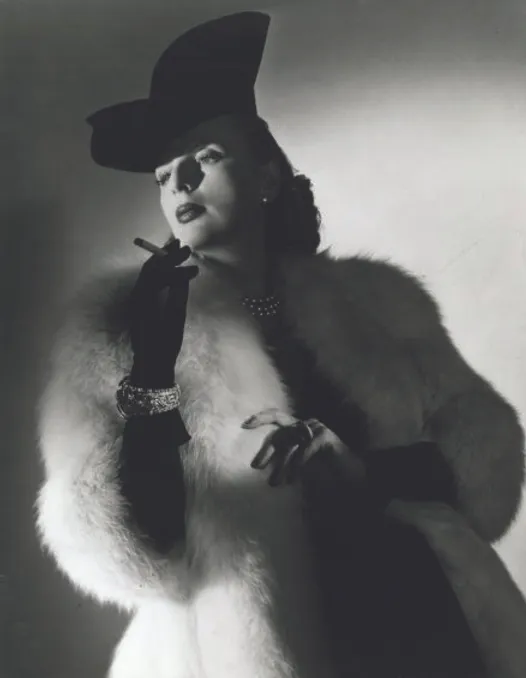
Elsa Schiaparelli: The 1930’s star who dazzled the fashion world
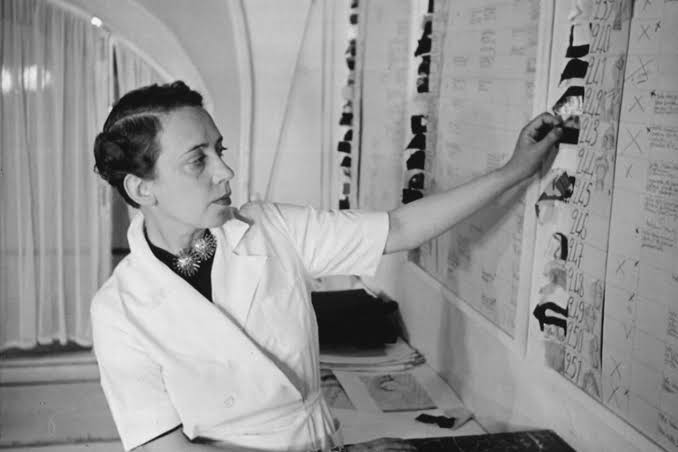

Fashion in the 1920s and ’30s was a world of elegance, where talent alone wasn’t enough to succeed. It required more – a mix of cunning, ambition, and a touch of snobbery to reach the summit of couture. Elsa Schiaparelli, the name that graced this era, possessed all these qualities and more. She effortlessly ticked the boxes of guile, ruthlessness, opportunism, and even a dash of snobbery.
When Coco Chanel, the reigning queen of fashion at that time, publicly dubbed Elsa as “that Italian artist who is making clothes,” it was more than a mere put-down. It was an unconscious acknowledgment of the Italian designer’s swift and profound impact on the fashion world. Far from destroying Schiaparelli, Chanel’s jab only served to cement her rise to the pinnacle of the industry, and it happened with impressive speed.
Elsa Schiaparelli was not just a fashion designer; she was a force of nature, reshaping fashion’s very essence. Her designs were more than just clothing; they were canvases that defied norms, radiating artistic brilliance and captivating the world.
Lets Start with the story of Elsa Schiaparelli – a woman who transformed fashion through a unique blend of talent, ambition, and an unyielding commitment to her work.
The early years of Elsa Schiaparelli: From elegance to eccentricity
Elsa Schiaparelli’s journey into the world of fashion began in an environment steeped in refinement and intellect. Born in 1890 in Rome, she enjoyed the privileged upbringing of the upper middle class. Her family resided in the elegant Palazzo Corsini, a place frequented by scholars and intellectuals. Young Elsa was surrounded by beauty, sophistication, and elegance, setting the stage for her remarkable life.
Yet, Elsa yearned for more than the world of scholarly pursuits. Her heart craved grandeur, glamour, and a touch of wit. Her quest for the extraordinary began at a tender age when she witnessed a mesmerizing sight: the eccentric aristocrat, the Marchessa Casati, confidently strolling with a leopard on a diamond-studded leash. The audacity and style of this spectacle etched themselves into Elsa’s memory, never to be forgotten.
In essence, Elsa Schiaparelli spent her entire life in pursuit of the magic she witnessed in that moment. She sought to not only replicate the Casati’s extravagant style but also infuse it into her creations and her own life.
Life’s Twists and Turns
Elsa Schiaparelli’s life was anything but a smooth ride. She was a young woman led more by instinct than intellect, navigating the unpredictable waters of creativity. Her early years in Paris saw her enchanted by the world of the Ballets Russes, a passionate affair with artistry, and even a whirlwind engagement to a Polish Count that unfolded within the span of 24 hours. Yet, as the clouds of World War II gathered over Europe, Elsa’s life took an unexpected turn.
With war looming on the horizon, Elsa and her new husband sought refuge first in the serene South of France and then in the bustling heart of New York City. It was in the vibrant artistic circles of New York that she found kindred spirits in luminaries like Picabia, Duchamp, Man Ray, and Edward Steichen, a man often hailed as the father of fashion photography.
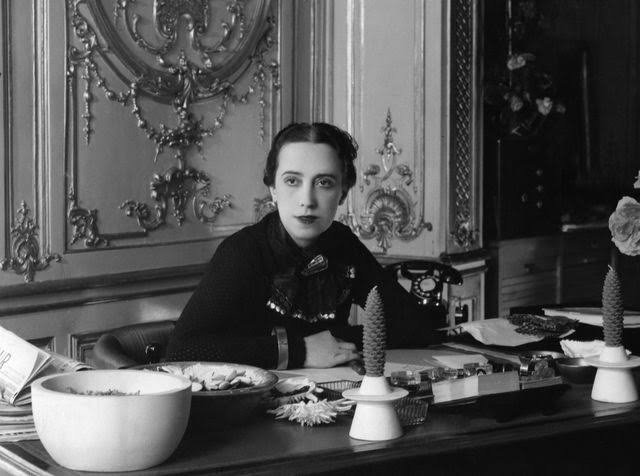
But it was in the Paris of the 1930s that Elsa Schiaparelli truly came into her own. Perky, colorful, and irreverently entertaining, she stood out as a unique presence in the fashion scene. She was the first couturier to infuse high fashion with humor, revealing its lighter and more amusing side. Her audacious approach gained her both notoriety and disdain from the fashion establishment, but it also won her passionate support from artists and intellectuals.
Jean Cocteau, the famed artist, graced her fashion shows, and Salvador Dalí himself crafted special items for her. However, not everyone was enamored with Schiaparelli. Coco Chanel, in particular, held a deep-seated jealousy and animosity towards her. Nevertheless, Elsa Schiaparelli was a force to be reckoned with, unshaken by the critics. She lived a vibrant, colorful life, much like an amusing parrot, making her presence known with exuberance and style.
Elsa Schiaparelli’s iconic creations colliding art and fashion
Soon Elsa Schiaparelli emerged as a name that sparkled just as brightly as her iconic designs. The rivalry between her and Coco Chanel was the stuff of legends, with debates over who held the mantle of leadership in the Paris fashion scene. While Chanel was already established as a fashion queen, Schiaparelli began to eclipse her, not just in fashion but also in the global media spotlight.
Schiaparelli’s name graced headlines more frequently than her rival’s, and she became a symbol of daring, wit, and stylish glamour across the civilized world, an intriguing twist considering her Italian roots. She effortlessly embodied French chic, initially by her own impeccable style, and later through her extraordinary fashion shows, tabloid presence, and burgeoning wealth.
One of her standout achievements was the creation of “Shocking,” a perfume born from her 1937 visit to Hollywood, where she crossed paths with none other than Mae West, one of the most renowned cinema actresses of the era. This encounter transformed Schiaparelli into a wealthy woman.

The perfume venture came as a response to the successful perfumes introduced by other female designers in Paris, such as Chanel’s No. 5 and Lanvin’s Arpege. Schiaparelli, the shrewd businesswoman, knew the opportunity she was missing and ventured into the world of fragrance, marking her transition from a fashion sensation to an all-encompassing brand.
Even in the Hollywood, Schiaparelli’s influence shone. She designed film costumes and dressed the era’s big-name female stars, including the likes of Marlene Dietrich, who adored Schiaparelli’s high padded shoulders, a sophisticated, feminine adaptation of traditional menswear. And the surreal touch? Salvador Dalí, renowned as the epitome of Surrealism, collaborated closely with Chanel but was independently captivated by Mae West’s image. He even designed a lip-shaped sofa that was originally offered to Schiaparelli, though she declined due to a simple request for a change in color.

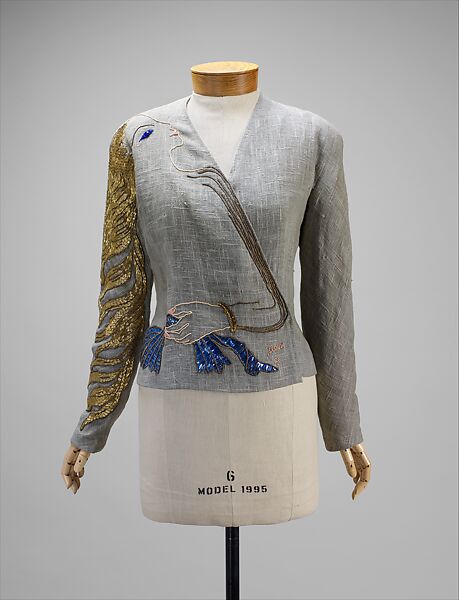
Elsa Schiaparelli’s fashion designs weren’t just clothing; they were art in motion. Her creations blended the boundaries between fashion and artistic expression, making her a standout figure in the fashion world.
What made Schiaparelli special were her audacious, whimsical, and innovative designs. Her use of bright colors, bold patterns, and unexpected materials set her apart. She took fashion and turned it into a canvas for her artistic vision, much like the Surrealist artists she admired.
One of her most iconic innovations was the introduction of zippers as a fashion statement. At a time when zippers were mainly functional, she saw them as a design element, incorporating them into her clothing in unconventional and eye-catching ways. Her designs were not just comfortable to wear; they were thought-provoking and visually stunning.
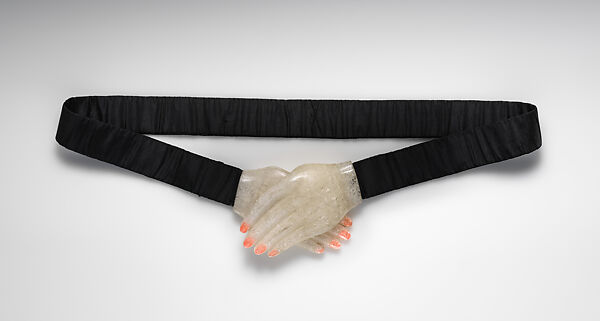
Another notable creation was the “Lobster Dress,” designed in collaboration with Salvador Dalí. This dress featured a lobster motif that seemed to crawl across the fabric, defying expectations and pushing the boundaries of fashion. It was a perfect example of Schiaparelli’s ability to bring art into fashion, making her work memorable and influential.
Schiaparelli’s designs were both whimsical and daring. She created the “Shoe Hat,” a hat shaped like a high-heeled shoe, and the “Tears Dress,” adorned with a cascading pattern of colorful, oversized tears. These designs weren’t just garments; they were expressions of emotion and artistic vision.

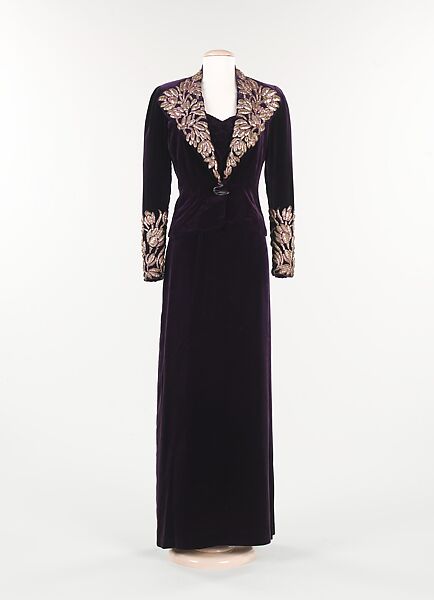
Her influential connections with artists like Salvador Dalí and her collaborations with Hollywood’s elite, including designing film costumes and dressing stars like Marlene Dietrich, cemented her status as a trailblazer. Schiaparelli’s unique approach to fashion was special because it pushed boundaries, challenged conventions, and celebrated the intersection of art and clothing.
What made her special? She was a visionary ahead of her time
In many ways, Elsa Schiaparelli was a designer who seemed to be working in an era that couldn’t quite grasp the full extent of her brilliance. She was a master at harnessing the incredible power of Surrealism in fashion, a feat few could replicate. She forged deep friendships with artists from Marcel Vertes to Salvador Dalí, collaborating with them to craft fashion that charmed and ruled the streets of Paris in the vibrant ’20s and ’30s. However, Elsa learned a vital lesson — what tickles the fancy of one generation might not resonate with the next.
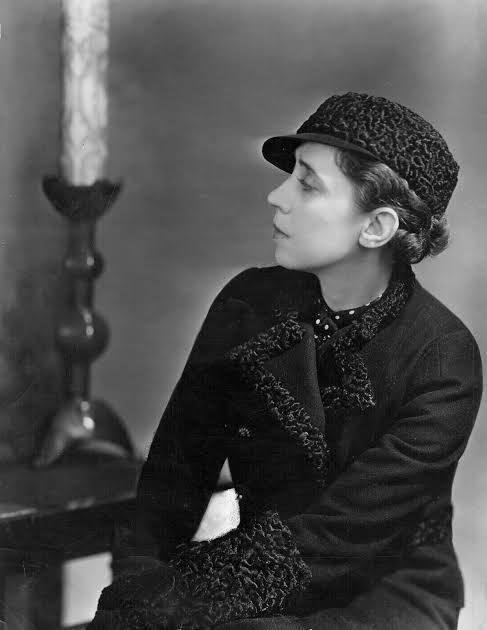
Her hats resembling shoes, fastenings like paperclips, whimsical fairground motifs, or jackets with drawers for pockets, while amusing and daring in their time, eventually receded into the annals of fashion history. They were, in essence, publicity stunts, remarkable for garnering attention but not lasting as timeless icons. What fashion enthusiasts have since come to understand is that these playful eccentricities should never overshadow the core of Elsa Schiaparelli’s genius.
Her enduring legacy lies in her ability to challenge conventions, blend fashion with art, and create designs that continue to inspire. Her audacity, innovative spirit, and her unique marriage of whimsy and style set the stage for countless designers who followed.
Elsa Schiaparelli was more than a designer; she was a visionary whose work continues to remind us that fashion is not just about what we wear; it’s a reflection of the creative spirit that defies time and trends.
At Arts to Hearts Project, we wholeheartedly believe that women possess a unique power to overcome challenges and leave a lasting legacy, much like Schiaparelli did with her fearless approach to fashion. We celebrate women who, like her, have challenged the status quo, infused wit and humor into their work, and merged art with their craft, making a significant impact on the world. Explore our art history section to learn more about these remarkable women from the past.
Want you work to be seen and celebrated worldwide?
If you share a passion for art and yearn for your creative work to be recognized and celebrated, consider submitting your art for the Arts to Hearts Project Emerging Women 2023 Fall Edition.
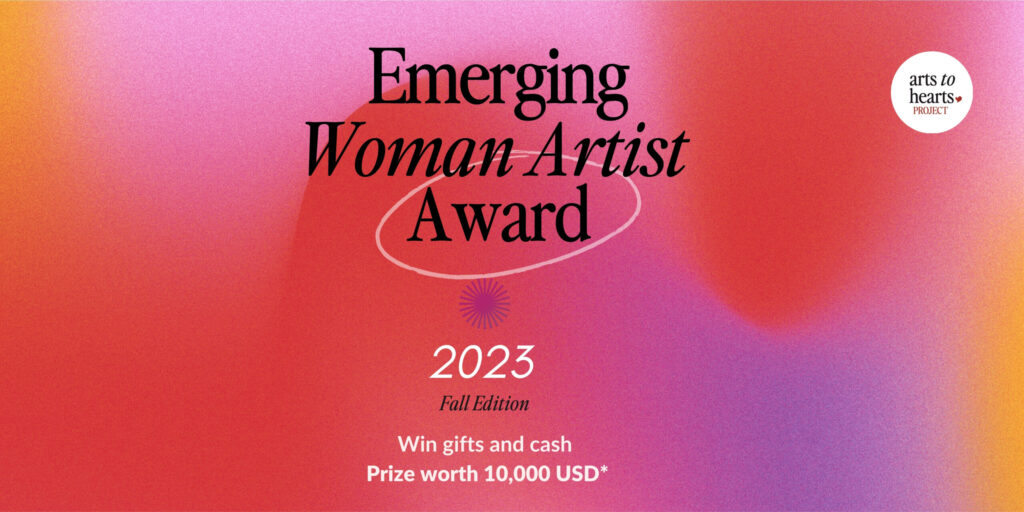
Click on the image and be a part of this call for art and gain the career recognition you deserve.

